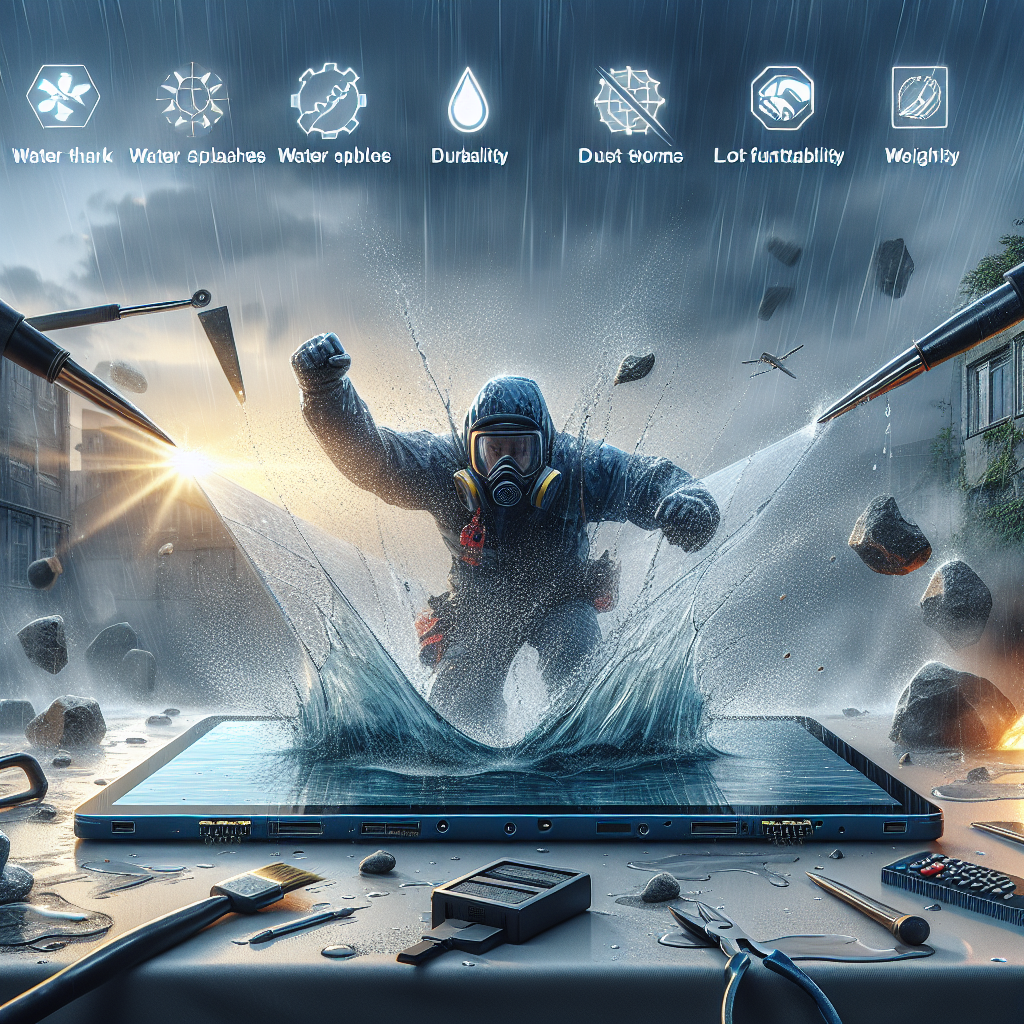Overview of SAW Touchscreens
Surface Acoustic Wave (SAW) touchscreens are renowned for their advanced touch sensitivity and high clarity. This technology leverages ultrasonic waves traveling over a touch-sensitive screen. When the screen is touched, these waves are absorbed, which in turn detects the touch point. But how durable are SAW touchscreens in various applications?
Features Contributing to Durability
Before diving into the specifics of durability, let’s examine a few key features and components of SAW touchscreens that contribute to their resilience.
Material Composition
SAW touchscreens are typically made from glass overlays, which not only offer excellent optical clarity but also robustness. The absence of layers such as those found in resistive touchscreens eliminates issues related to pressure points, thus extending the screen’s lifespan.
Non-Metallic Touch Surface
Unlike capacitive touchscreens, SAW touchscreens use a non-metallic surface, further enhancing their durability. The absence of a metallic layer removes the risk of oxidation or corrosion over time.
Resilience to Contaminants
SAW technology’s design ensures that contaminants such as dirt and grease do not significantly impact performance. This makes them suitable for industrial and outdoor environments where cleanliness may be a concern.
Maintenance and Upkeep
Durability is often a reflection of how easy a device is to maintain. SAW touchscreens require minimal upkeep due to their robust design. The glass surface can be easily cleaned with a soft cloth and mild cleaner without worrying about damaging the underlying technology.
Comparison with Other Touchscreen Technologies
| Touchscreen Type | Material | Durability | Maintenance |
|---|---|---|---|
| SAW | Glass | High | Low |
| Capacitive | Glass (with metallic coating) | Moderate | Moderate |
| Resistive | Plastic | Low | High |
| Infrared | Glass | High | Low |
Real-world Applications of SAW Touchscreens
SAW touchscreens are versatile and find applications across several industries, thanks to their durability.
Industrial Settings
In industrial environments where screens may be subject to rough use and exposure to elements like dust and oil, SAW touchscreens shine due to their durability and resistance to contaminants.
Outdoor Kiosks
Outdoor kiosks benefit from the use of SAW touchscreens because they withstand various weather conditions and maintain functionality even when exposed to sunlight, rain, or temperature fluctuations.
Public Information Displays
Public information displays, such as those in airports and train stations, utilize SAW touchscreens because they can endure continuous use and are less likely to suffer from wear and tear compared to other technologies.
Medical Equipment
In the medical field, hygiene is paramount, and the ease of cleaning SAW touchscreens makes them suitable for medical devices that require frequent sterilization.
Factors Affecting Longevity
While SAW touchscreens are generally durable, certain factors can impact their longevity.
Physical Damage
Although the glass used in SAW touchscreens is robust, it is still susceptible to shattering upon significant impact. Applying additional protective layers or using shatter-resistant glass can mitigate this risk.
Electrical Interference
Excessive electrical interference can sometimes affect the performance of SAW touchscreens. Ensuring a stable electrical environment can help maintain their longevity and performance.
Extreme Temperatures
Prolonged exposure to extreme temperatures may impact the effectiveness of the touch sensors and overall durability. Usage within specified temperature ranges is recommended to avoid such issues.
Advantages of SAW Technology Over Other Technologies
With all these considerations in mind, it’s clear that SAW touchscreens offer several advantages over other touch technologies.
High Clarity and Light Transmission
SAW touchscreens boast high light transmission rates compared to other technologies due to the absence of additional metallic or plastic layers, making them ideal for applications where display clarity is crucial.
Excellent Sensitivity
The technology accurately senses soft touches, and multi-touch functionality is robust, providing a superior user experience in interactive installations.
Low Activation Force
SAW touchscreens require less force to register a touch, reducing user fatigue and extending the screen’s operational life by minimizing the physical stress on the touch surface.
Flexibility in Touch Inputs
Unlike capacitive touchscreens that require a conductive input, SAW touchscreens can be operated by a finger, gloved hand, or stylus, allowing for greater versatility across different use cases.
Conclusion
SAW touchscreens stand out for their durability, clarity, and versatility. Although they are susceptible to certain types of damage like any technology, their robust construction and resistance to contaminants make them ideal for a wide range of applications. From industrial settings to public information displays and medical equipment, the reliability and longevity of SAW touchscreens are hard to beat. Considering all these factors, SAW touchscreens represent a durable and reliable choice for various demanding environments.
